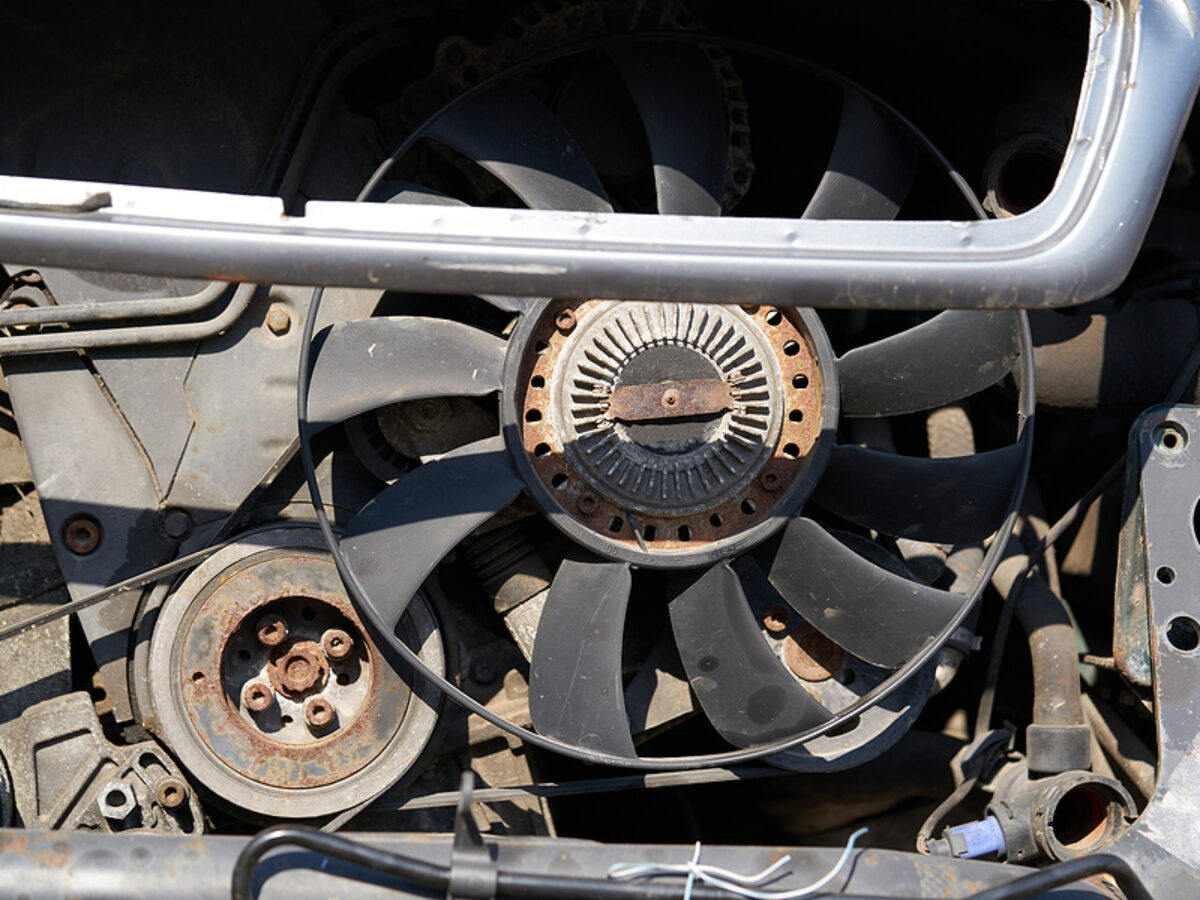

Articles
When Does Radiator Fan Turn On
Modified: May 6, 2024
Discover the crucial information about when the radiator fan turns on in our informative articles. Learn the different factors that trigger the fan and ensure your engine stays cool.
(Many of the links in this article redirect to a specific reviewed product. Your purchase of these products through affiliate links helps to generate commission for Storables.com, at no extra cost. Learn more)
Introduction
Radiator fans play a crucial role in maintaining the optimal temperature of a vehicle’s engine. These fans are responsible for cooling down the radiator, preventing the engine from overheating and causing potential damage. Understanding how radiator fans function and when they turn on is essential for ensuring the longevity and performance of your vehicle.
In this article, we will delve into the intricacies of radiator fans, discussing their types and the factors that affect their activation. We will also explore the common symptoms of radiator fan malfunction and provide tips on testing, troubleshooting, and maintaining these vital components.
Whether you are a car enthusiast looking to expand your knowledge or a vehicle owner experiencing cooling issues, this article will serve as a comprehensive guide to understanding radiator fans and their operation.
Key Takeaways:
- Understanding the factors that activate radiator fans, such as engine temperature, A/C system operation, and vehicle speed, is crucial for diagnosing cooling system issues and ensuring optimal engine performance.
- Regular maintenance, testing, and troubleshooting of radiator fans, including visual inspections, electrical checks, and flushing the cooling system, are essential for preventing overheating and prolonging the lifespan of these vital components.
Read more: Radiator Fan Not Turning On When Ac Is On
Understanding Radiator Fans
Radiator fans play a crucial role in maintaining the optimal temperature of a vehicle’s engine. They work in conjunction with the radiator to dissipate heat and ensure efficient cooling. This is particularly important during periods of high engine load, such as when driving in hot weather or towing heavy loads.
The primary purpose of a radiator fan is to pull or push air through the radiator, which helps to dissipate the heat generated by the engine. By doing so, it prevents the engine from overheating and allows it to operate at an optimal temperature range. Without a functioning radiator fan, the engine can quickly overheat, leading to potential damage and even engine failure.
There are two main types of radiator fans: mechanical fans and electric fans. Mechanical fans, also known as engine-driven fans, are typically found in older vehicles. They are directly connected to the engine and are driven by the engine’s power through a clutch. As the engine speeds up, the fan spins faster, increasing the airflow through the radiator.
On the other hand, electric fans are commonly found in modern vehicles. These fans are powered by an electric motor and are controlled by the vehicle’s engine control unit (ECU) or a fan control module. Electric fans can operate in two modes: push or pull. Push fans are mounted in front of the radiator, pushing air through it. Pull fans, on the other hand, are mounted behind the radiator, pulling air through it. Some vehicles even have both push and pull electric fans, providing enhanced cooling capability.
Electric fans offer several advantages over mechanical fans. They are more efficient, as they only run when needed, reducing the load on the engine and improving fuel economy. Electric fans are also quieter and provide greater flexibility for installation, allowing them to be placed in more optimal positions for cooling efficiency.
Understanding the type of radiator fan your vehicle has can help in troubleshooting and maintenance. Mechanical fans may require regular inspection and maintenance, such as checking the clutch and fan blades for wear and tightness. Electric fans may need closer attention to ensure proper wiring and connectivity, as well as monitoring the fan control module for any potential issues.
In the next section, we will explore the factors that determine when a radiator fan turns on and off, shedding light on the mechanisms that regulate their operation.
Factors Affecting Radiator Fan Activation
Several factors come into play when determining when a radiator fan should turn on. Understanding these factors is essential for diagnosing potential issues and ensuring proper cooling system functionality.
1. Engine Temperature
The most common factor that triggers radiator fan activation is the engine temperature. As the engine heats up during operation, a temperature sensor or switch signals the fan to turn on when the temperature reaches a certain threshold. This threshold is typically predetermined by the vehicle manufacturer and can vary depending on the engine design and cooling system specifications.
When the temperature of the engine exceeds the predetermined threshold, the fan will engage to help cool down the radiator and bring the engine back to its optimal operating temperature. Once the temperature drops below the threshold, the fan will turn off. This cyclical process ensures that the engine remains within the desired temperature range.
2. Coolant Temperature Sensor
The coolant temperature sensor plays a crucial role in monitoring the temperature of the engine and providing feedback to the vehicle’s engine control unit (ECU). The ECU uses this information to determine when to activate the radiator fan. If the coolant temperature sensor is faulty or giving inaccurate readings, it can lead to improper fan activation or failure to turn on when needed. Regular inspection and testing of the coolant temperature sensor can help identify and resolve any issues.
Read more: Radiator Fan Not Working When AC Is On
3. A/C System Activation
In some vehicles, the radiator fan may also be activated when the air conditioning (A/C) system is turned on. This is because the A/C system produces additional heat as it operates. To prevent the engine from overheating, the radiator fan is engaged when the A/C system is activated, even if the engine temperature is within the normal range. This ensures that the additional heat generated by the A/C system is adequately dissipated.
4. Vehicle Speed
Vehicle speed is another factor that can affect radiator fan activation, particularly in vehicles with mechanical fans. At low speeds or when idling, the airflow through the radiator may not be sufficient to cool the engine. In such cases, the fan will be activated to compensate for the lack of natural airflow. As the vehicle speed increases, the airflow through the radiator can provide adequate cooling, and the fan may turn off.
It’s worth noting that the specific factors and mechanisms governing radiator fan activation may vary depending on the vehicle make and model. Consult your vehicle’s owner’s manual or seek professional advice to understand the exact operation of the radiator fan in your specific vehicle.
In the next section, we’ll explore the common symptoms that indicate a malfunctioning radiator fan.
Common Symptoms of Radiator Fan Malfunction
A malfunctioning radiator fan can lead to various issues with the cooling system and engine. It’s important to be aware of the common symptoms of radiator fan malfunction so that you can identify and address them promptly. Here are four common signs to watch out for:
1. Overheating Engine
One of the primary functions of the radiator fan is to cool the engine by dissipating heat from the radiator. If the fan fails to turn on or is not operating at its full capacity, the engine may start to overheat. An overheating engine can lead to serious damage, such as warped cylinder heads or a blown head gasket. If you notice the temperature gauge rising into the red zone or steam coming from under the hood, it’s likely that the radiator fan is not functioning properly.
Read more: What Does The Radiator Fan Do
2. High Engine Temperature Warning
Many modern vehicles are equipped with an engine temperature warning light or message on the instrument cluster. If this warning light or message illuminates or appears, it indicates that the engine temperature is higher than normal. In some cases, the warning may be accompanied by an audible alert. This warning is often a result of a malfunctioning radiator fan or an issue with the cooling system. It’s important not to ignore this warning and to have your vehicle inspected by a professional as soon as possible.
3. A/C Not Cooling Efficiently
If you notice that your vehicle’s air conditioning system is not cooling the cabin as effectively as before, it could be a sign of a radiator fan malfunction. As mentioned earlier, when the A/C system is activated, the radiator fan should turn on to dissipate the additional heat produced by the A/C system. If the fan is not functioning properly, the A/C system may struggle to cool the refrigerant, resulting in reduced cooling performance. This can make driving uncomfortable, especially during hot weather.
4. Unusual Noise from the Engine
A malfunctioning radiator fan may produce strange or unusual noises while the engine is running. You may hear a buzzing, rattling, or grinding sound coming from the engine compartment. These noises can indicate that the fan motor or blades are damaged, worn out, or misaligned. It’s important to address these noises promptly, as they can be a sign of impending failure of the radiator fan and can lead to further damage if left unattended.
If you experience any of these symptoms, it’s crucial to have your vehicle inspected by a qualified technician. They will be able to diagnose the exact cause of the issue and recommend the appropriate repairs or replacements.
In the next section, we will discuss how to test and troubleshoot radiator fan operation.
Testing and Troubleshooting Radiator Fan Operation
If you suspect a problem with your radiator fan, it’s important to perform proper testing and troubleshooting to diagnose the issue accurately. Here are some steps you can take to assess the operation of your radiator fan:
1. Visual Inspection
Begin by visually inspecting the radiator fan assembly. Look for any visible signs of damage, such as broken or cracked fan blades, loose or disconnected wires, or physical obstruction preventing the fan from spinning freely. Ensure that the fan is securely mounted to the radiator and that there are no leaks or damage to the radiator itself.
2. Checking Electrical Connections
Next, check the electrical connections associated with the radiator fan. Inspect the wiring harness and connectors for any signs of damage or corrosion. Make sure all connections are secure and free from debris or dirt. Loose or damaged connections can disrupt the flow of electricity to the fan motor, causing it to malfunction or not turn on at all.
3. Testing Radiator Fan Relay
The radiator fan relay controls the activation of the fan. To test the relay, you can use a multimeter to check for continuity. Consult your vehicle’s service manual or wiring diagram to locate the relay and its corresponding terminals. With the vehicle’s ignition off, carefully remove the relay and perform the continuity test between the appropriate terminals. If the relay fails to show continuity, it may need to be replaced.
4. Diagnosing Faulty Temperature Sensor
A faulty temperature sensor can cause the radiator fan to malfunction or not turn on when needed. Use an ohmmeter or a multimeter to test the resistance of the temperature sensor. Refer to your vehicle’s service manual to determine the correct resistance value at various temperature ranges. If the resistance reading is out of range or inconsistent, the temperature sensor may need to be replaced.
Read more: How To Fix A Radiator Fan
5. Verifying A/C System Functionality
If your radiator fan is supposed to be activated when the A/C system is turned on, it’s crucial to verify the functionality of the A/C system. Ensure that the A/C compressor engages when the A/C button is pressed, and the refrigerant lines are properly pressurized. If the A/C system is not functioning correctly, it may affect the operation of the radiator fan.
If, after performing these tests and troubleshooting steps, you are still unable to determine the cause of the radiator fan malfunction, it is advisable to seek the assistance of a qualified mechanic or automotive technician. They will have the expertise and tools needed to diagnose and resolve complex issues with the radiator fan system.
In the next section, we will discuss the repair and maintenance options for radiator fans.
Repair and Maintenance of Radiator Fans
To ensure the optimal performance and longevity of your radiator fan, it’s important to regularly maintain and, if necessary, repair or replace the components. Here are some key maintenance and repair tasks associated with radiator fans:
1. Replacing Fan Motors
If the fan motor is faulty or burned out, it will need to be replaced. Fan motors can wear out over time or become damaged due to electrical issues or physical damage. To replace the fan motor, you will typically need to disassemble the fan assembly and disconnect the electrical connections. Take note of the fan’s orientation and mounting mechanism before removing it. Install the new fan motor, making sure all connections are secure, and reassemble the fan assembly back into place.
2. Installing New Radiator Fan Assembly
In some cases, it may be more practical to replace the entire radiator fan assembly rather than just the fan motor. This is especially true if the fan blades, shroud, or other components are damaged or worn out. When installing a new fan assembly, follow the manufacturer’s instructions and ensure proper alignment and mounting. Connect all electrical connections and test the operation of the fan before finalizing the installation.
Read more: How To Test Radiator Fan
3. Cleaning and Lubricating Fan Blades
Regularly cleaning and lubricating the fan blades can help maintain their efficiency and prevent them from becoming clogged with dirt and debris. Use a soft brush or cloth to remove any accumulated dust or debris from the blades. Dry lubricants can be applied sparingly to the fan motor shaft or bearings to ensure smooth operation. Be cautious not to apply too much lubricant, as it can attract more dirt and cause issues with the fan’s function.
4. Flushing the Cooling System Regularly
Flushing the cooling system regularly is essential for maintaining optimal performance and preventing the buildup of dirt, rust, and other contaminants that can clog the radiator and impede the radiator fan’s ability to cool the engine. Use a cooling system flush solution as per the manufacturer’s recommendations to clean out the system. Follow up with a thorough flushing using clean water, ensuring all traces of the flush solution and debris are removed. Refill the cooling system with the appropriate coolant mixture.
Regular maintenance of the radiator fan and the entire cooling system can help prevent potential issues and ensure the longevity of your vehicle’s engine. Additionally, following the manufacturer’s recommended maintenance schedule and service intervals will help identify and address any radiator fan-related problems before they become major concerns.
To further ensure the proper functioning of the radiator fan, it is advisable to consult your vehicle’s owner’s manual or seek professional advice from a qualified mechanic or automotive technician for specific maintenance and repair instructions customized to your vehicle’s make and model.
Now that we have covered the repair and maintenance aspects, let’s wrap up this article in the concluding section.
Conclusion
Radiator fans are vital components in a vehicle’s cooling system, responsible for maintaining the optimal temperature of the engine. Understanding how radiator fans function and knowing when they should turn on is essential for keeping your vehicle running smoothly and avoiding potential engine damage.
In this comprehensive guide, we have explored the various aspects of radiator fans, including their role in the cooling system and the different types available. We have discussed the factors that affect radiator fan activation, such as engine temperature, coolant temperature sensors, A/C system activation, and vehicle speed.
Furthermore, we have highlighted the common symptoms of radiator fan malfunction, including an overheating engine, high engine temperature warnings, inefficient A/C cooling, and unusual engine noises. Recognizing these symptoms can help you identify potential issues with your radiator fan and take appropriate action.
We have also provided a detailed overview of how to test and troubleshoot radiator fan operation, including visual inspections, checking electrical connections, testing the radiator fan relay, diagnosing faulty temperature sensors, and verifying A/C system functionality.
To ensure the optimal performance of your radiator fan, we have discussed the repair and maintenance tasks associated with them, such as replacing fan motors, installing new radiator fan assemblies, cleaning and lubricating fan blades, and regularly flushing the cooling system.
By following proper maintenance and repair procedures and addressing any radiator fan issues promptly, you can help extend the lifespan of your radiator fan and ensure your vehicle’s cooling system operates at its best capacity.
Remember, if you are unsure about any aspect of radiator fan repair or maintenance, it is always best to consult your vehicle’s owner’s manual or seek the guidance of a qualified mechanic or automotive technician.
By understanding radiator fans and taking proper care of them, you can enjoy a cool and well-protected engine, ensuring a smooth and reliable driving experience for years to come.
Now that you've got a handle on radiator fan operations, why not keep the momentum going and turn your attention to another vital part of home comfort? Just around the corner, there's a fresh piece on the latest thermostat technology set to redefine household climate control in 2024. Perfect for anyone keen to stay ahead of the curve in home automation and temperature management, this guide is packed with insights on the newest and smartest models. Don't miss out on mastering your living environment with these cutting-edge tools.
Frequently Asked Questions about When Does Radiator Fan Turn On
Was this page helpful?
At Storables.com, we guarantee accurate and reliable information. Our content, validated by Expert Board Contributors, is crafted following stringent Editorial Policies. We're committed to providing you with well-researched, expert-backed insights for all your informational needs.
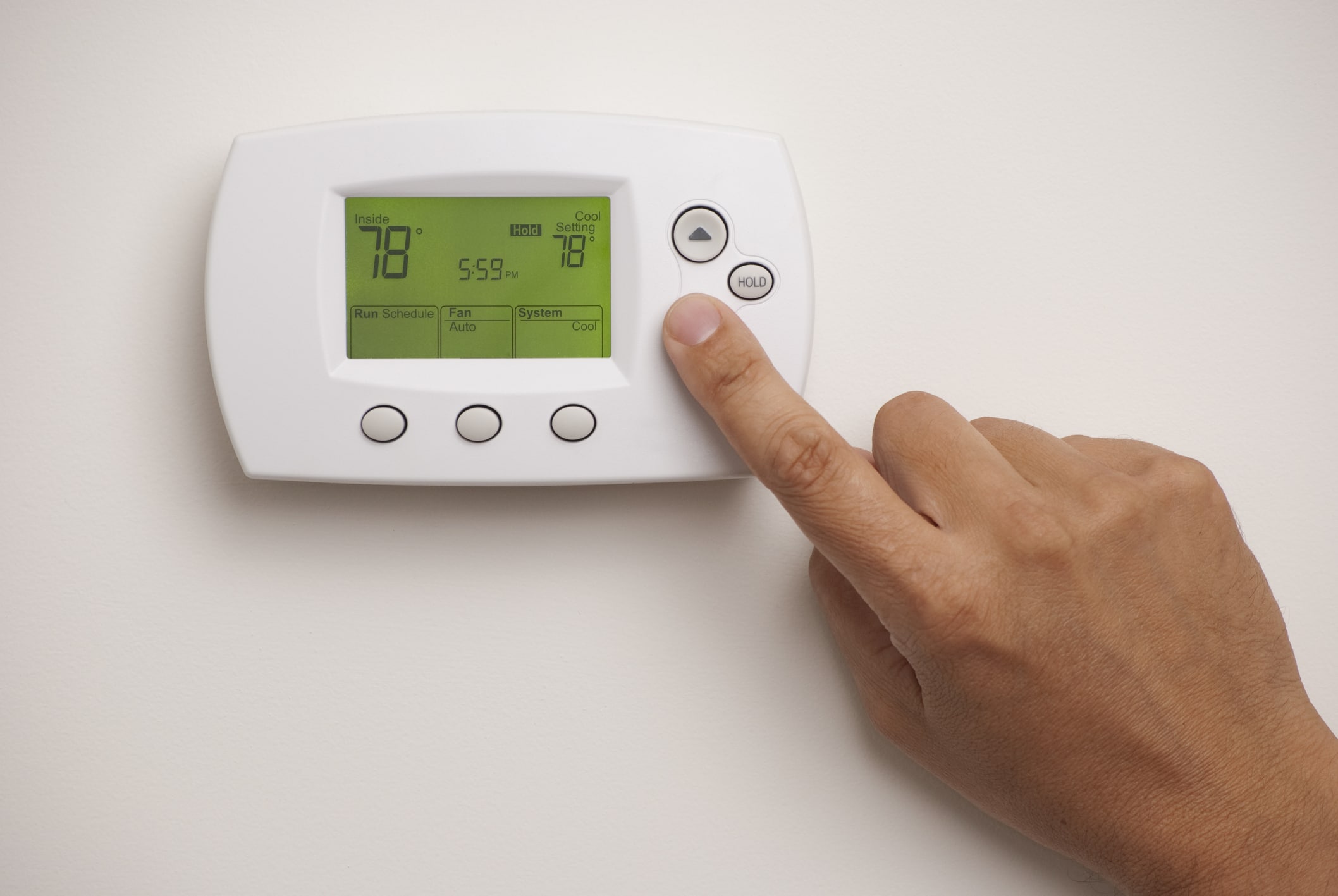
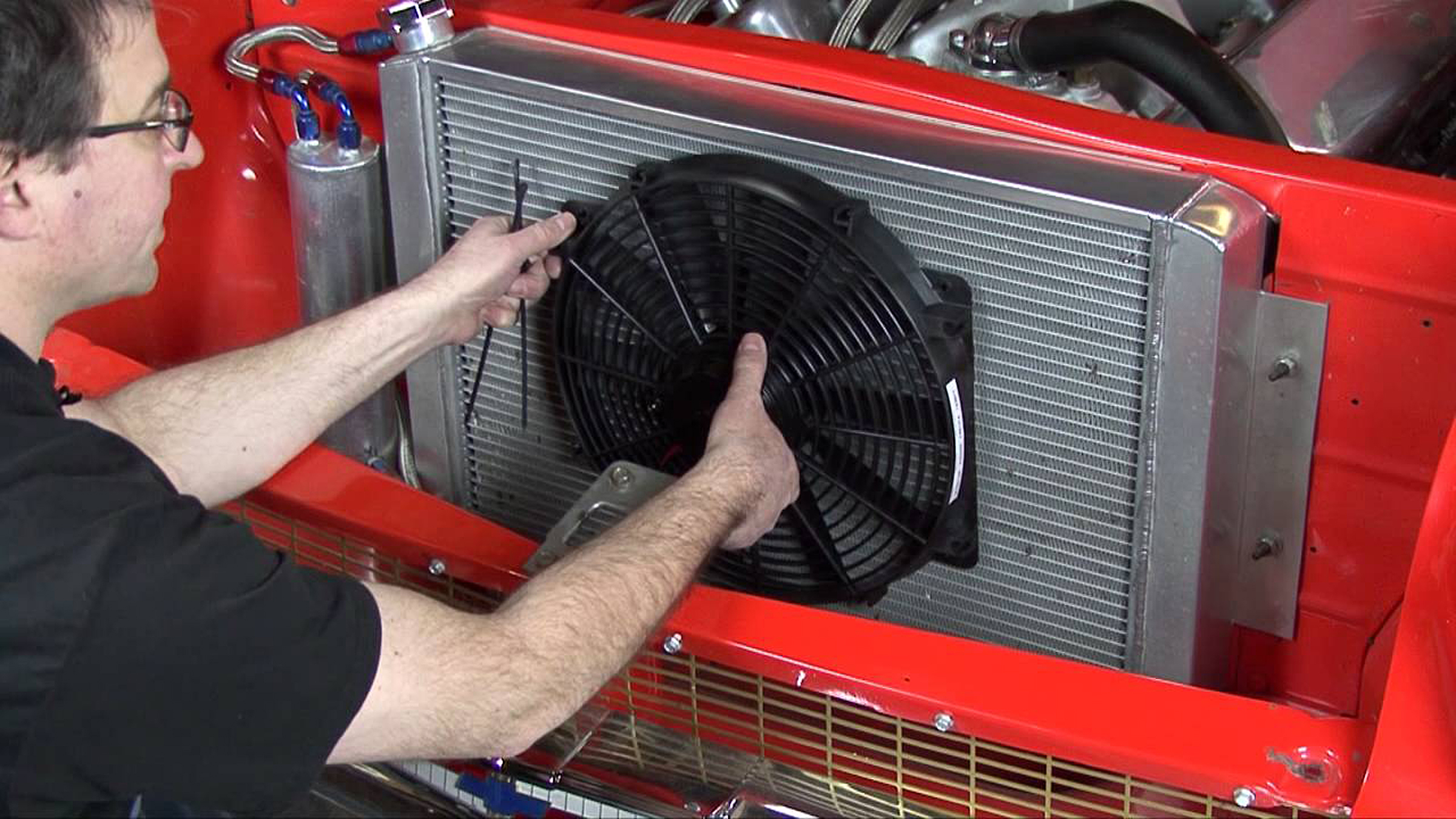
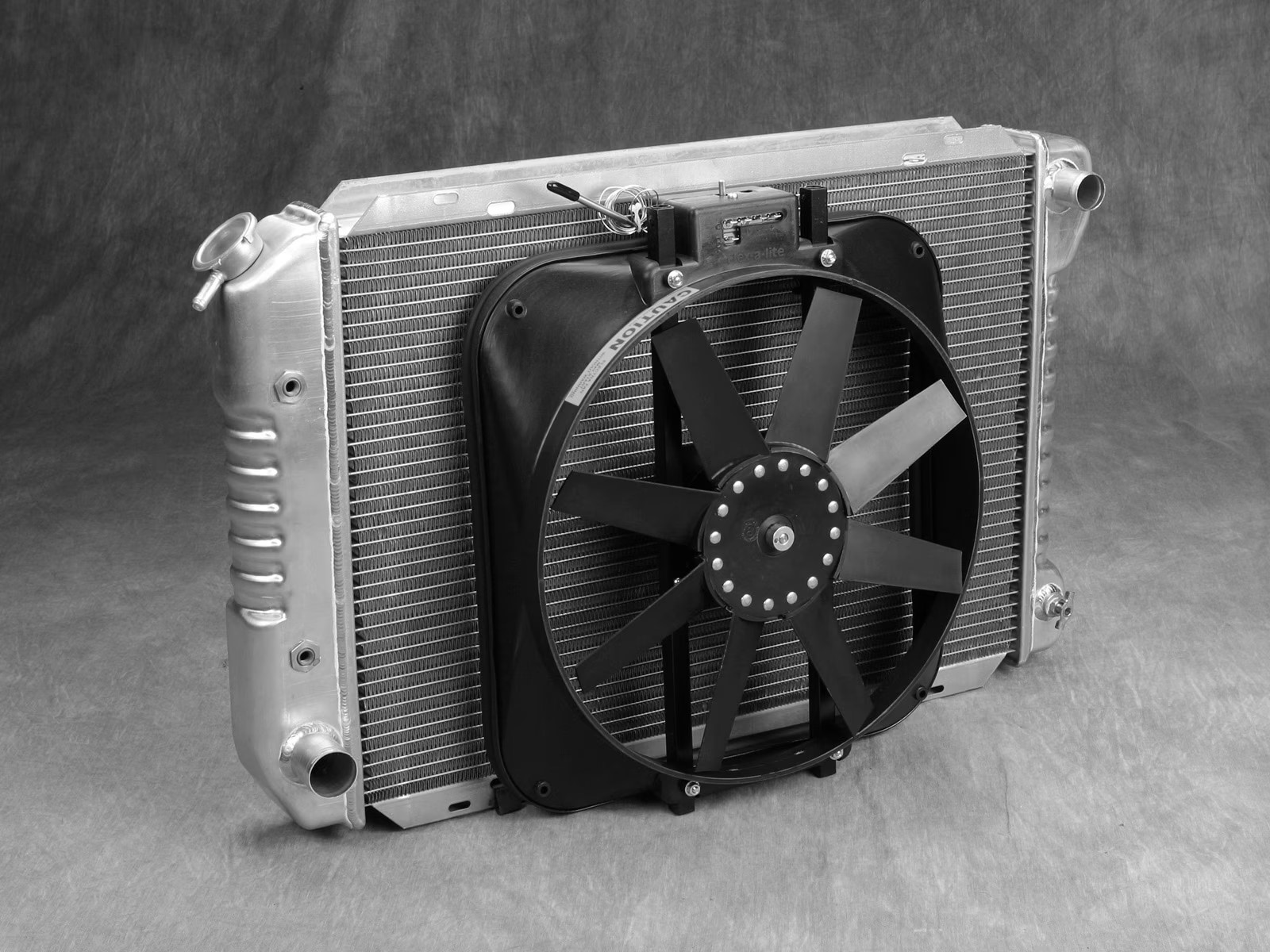

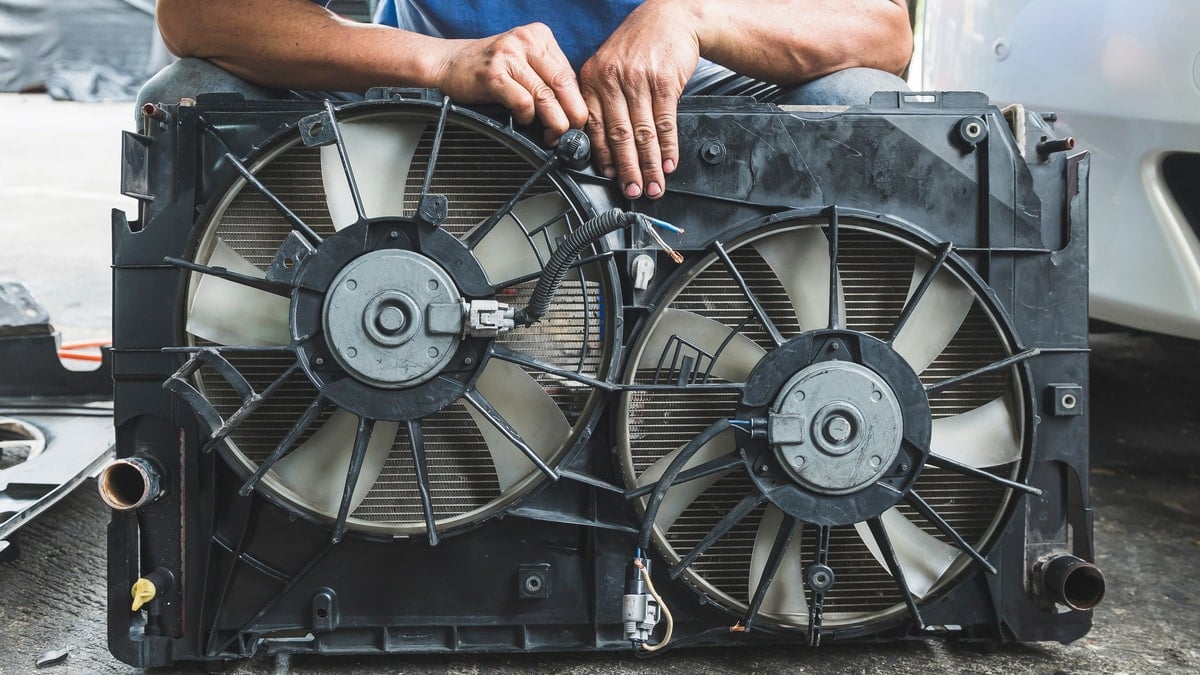
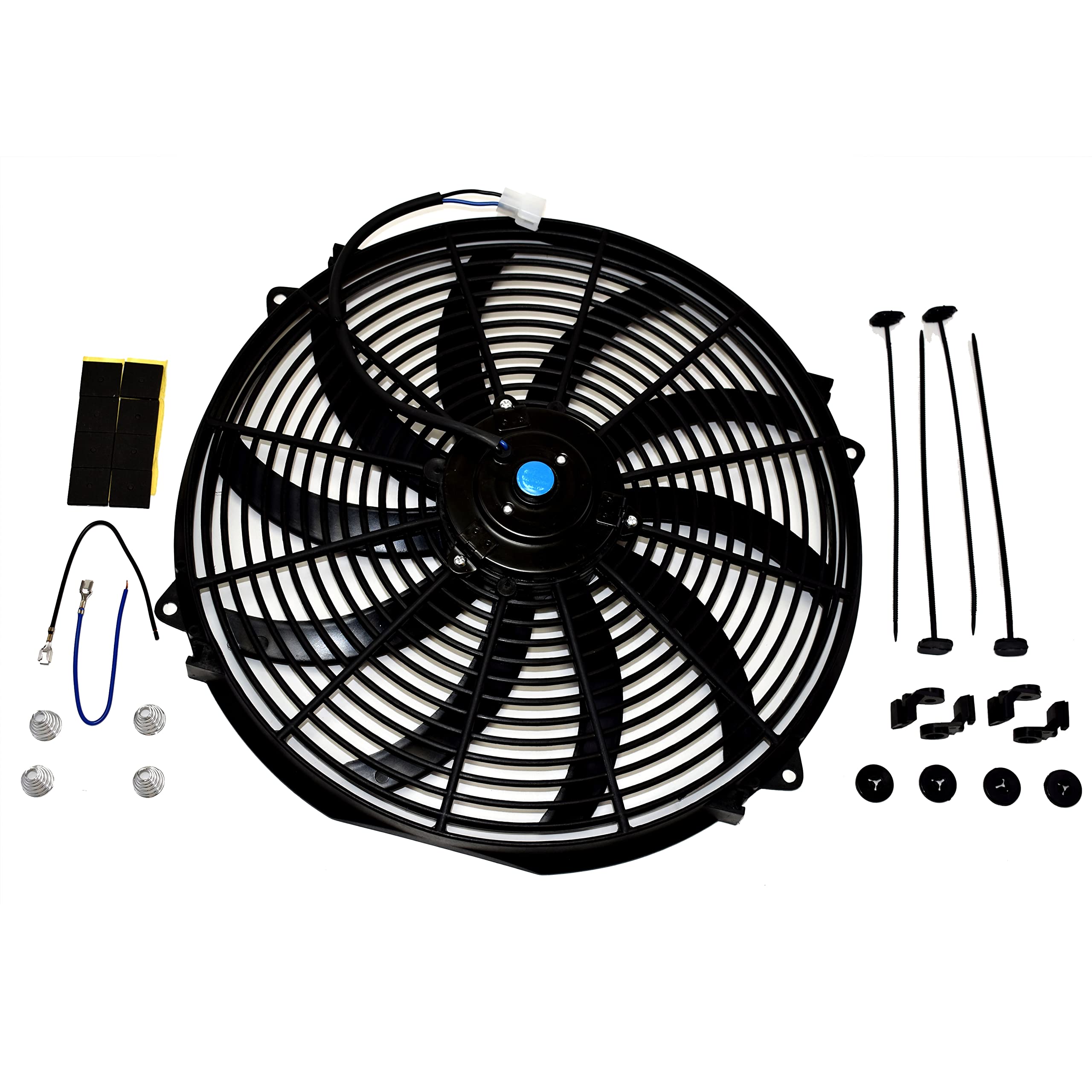


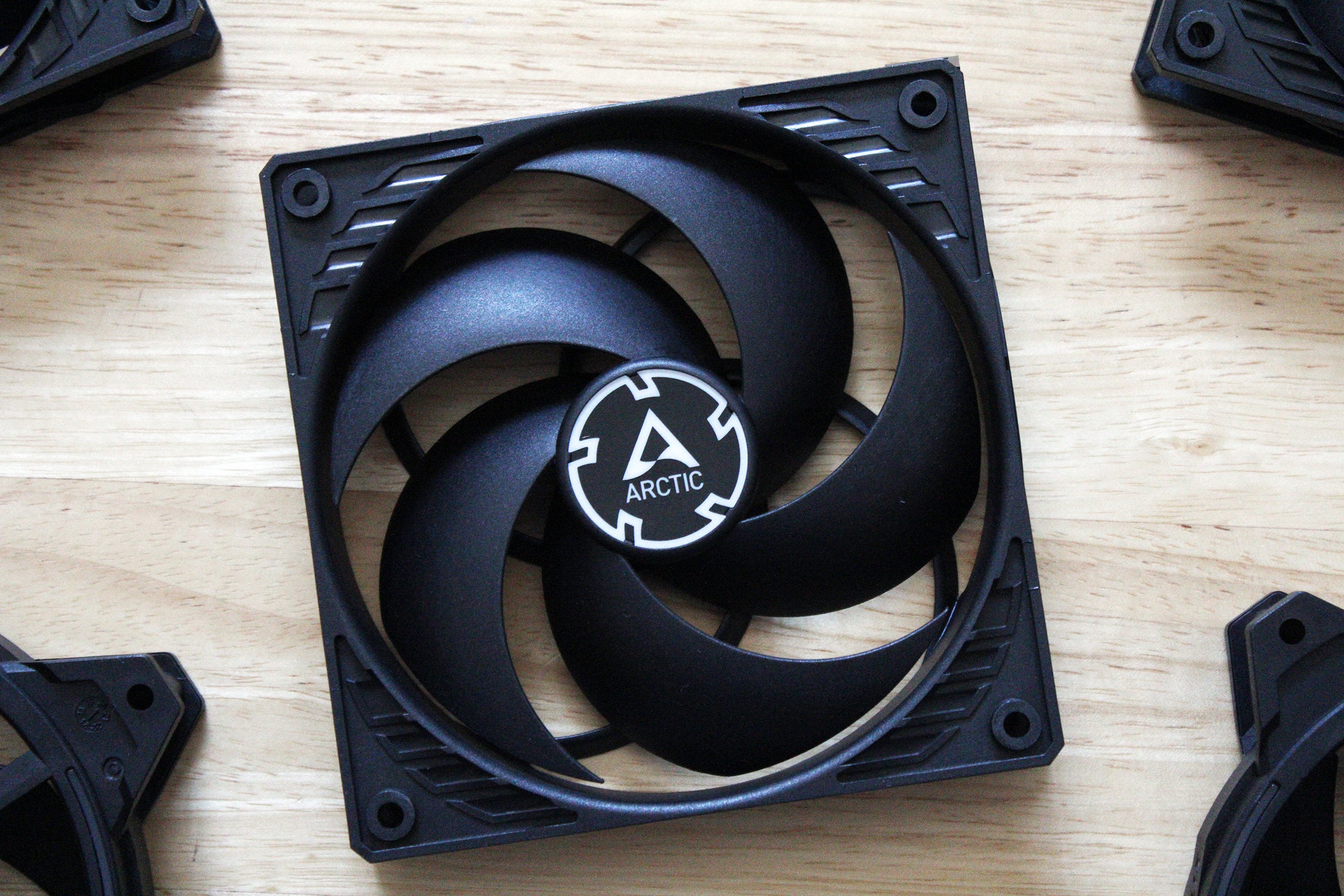
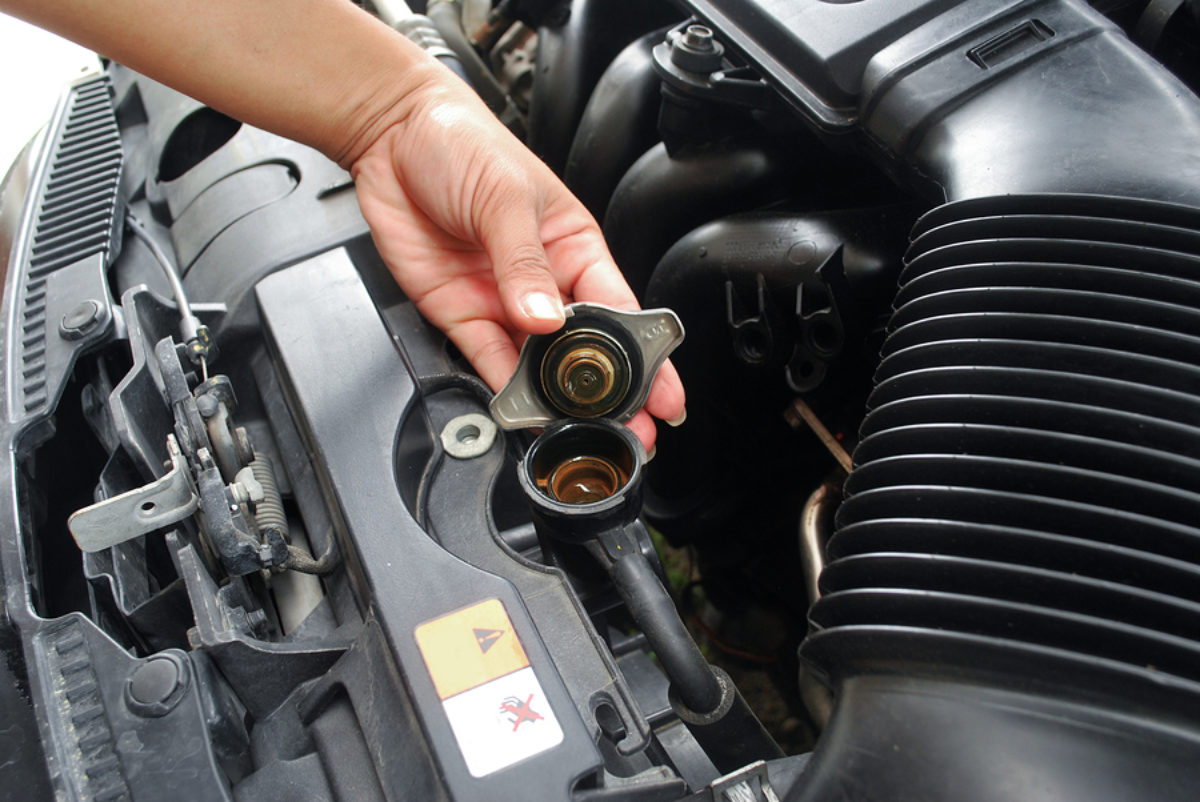

0 thoughts on “When Does Radiator Fan Turn On”